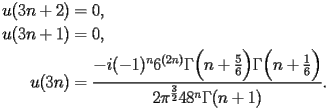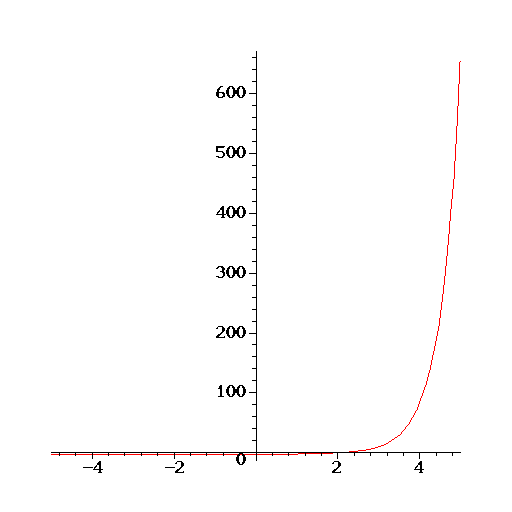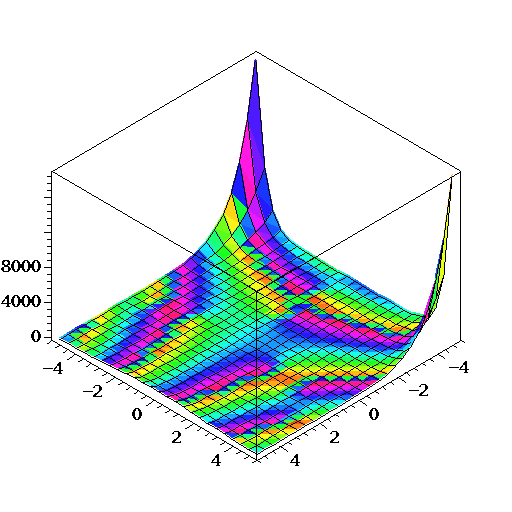BI Airy Bi
BI.1 Introduction |
top up back next into bottom |
Let
 be a complex variable of
be a complex variable of
 .The function Airy Bi (noted
.The function Airy Bi (noted
 ) is defined by the following second order differential equation
) is defined by the following second order differential equation
| BI.1.1 |
The initial conditions of BI.1.1 are given at
 by
by

|
BI.1.2 |
Related function: Airy Ai
BI.2 Series and asymptotic expansions |
top up back next into bottom |
BI.2.1 Taylor expansion at
|
top up back next into bottom |
BI.2.1.2 General form |
top up back next into bottom |

|
BI.2.1.2.1 |
 satisfy the recurrence
satisfy the recurrence
| BI.2.1.2.2 |
| BI.2.1.2.3 |
| BI.2.1.2.4 |




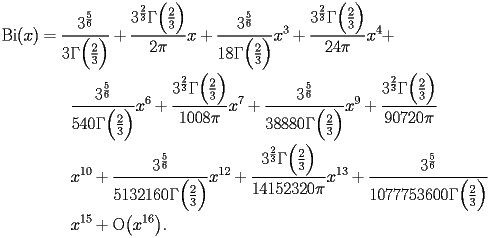


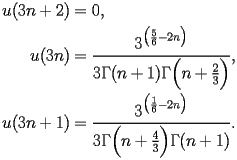




 The coefficients
The coefficients
 satisfy the following recurrence
satisfy the following recurrence

